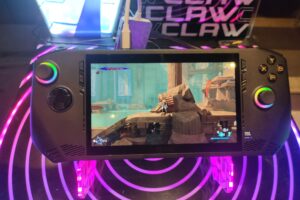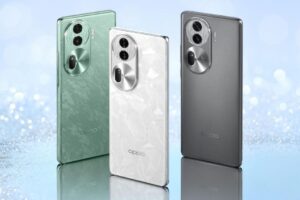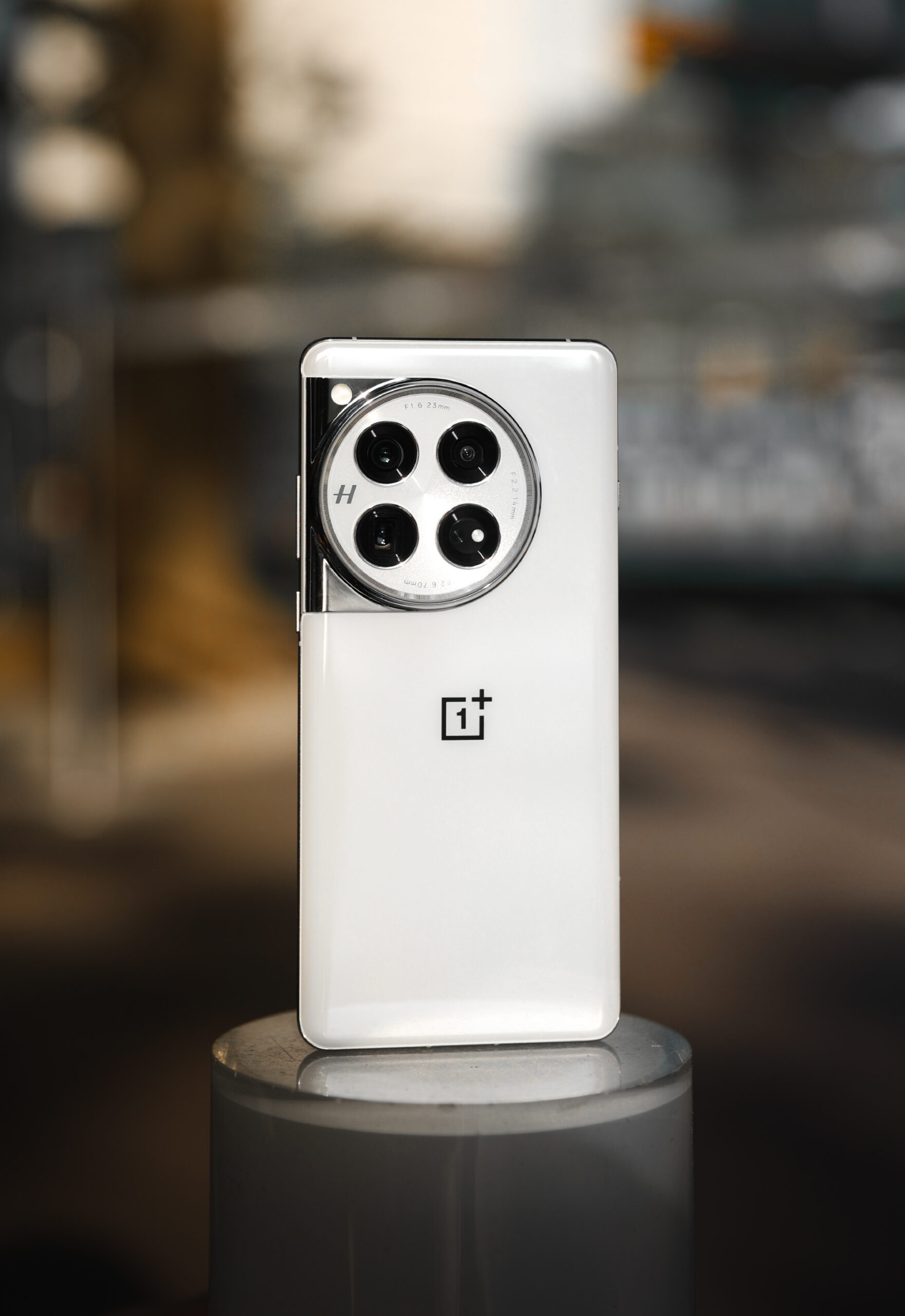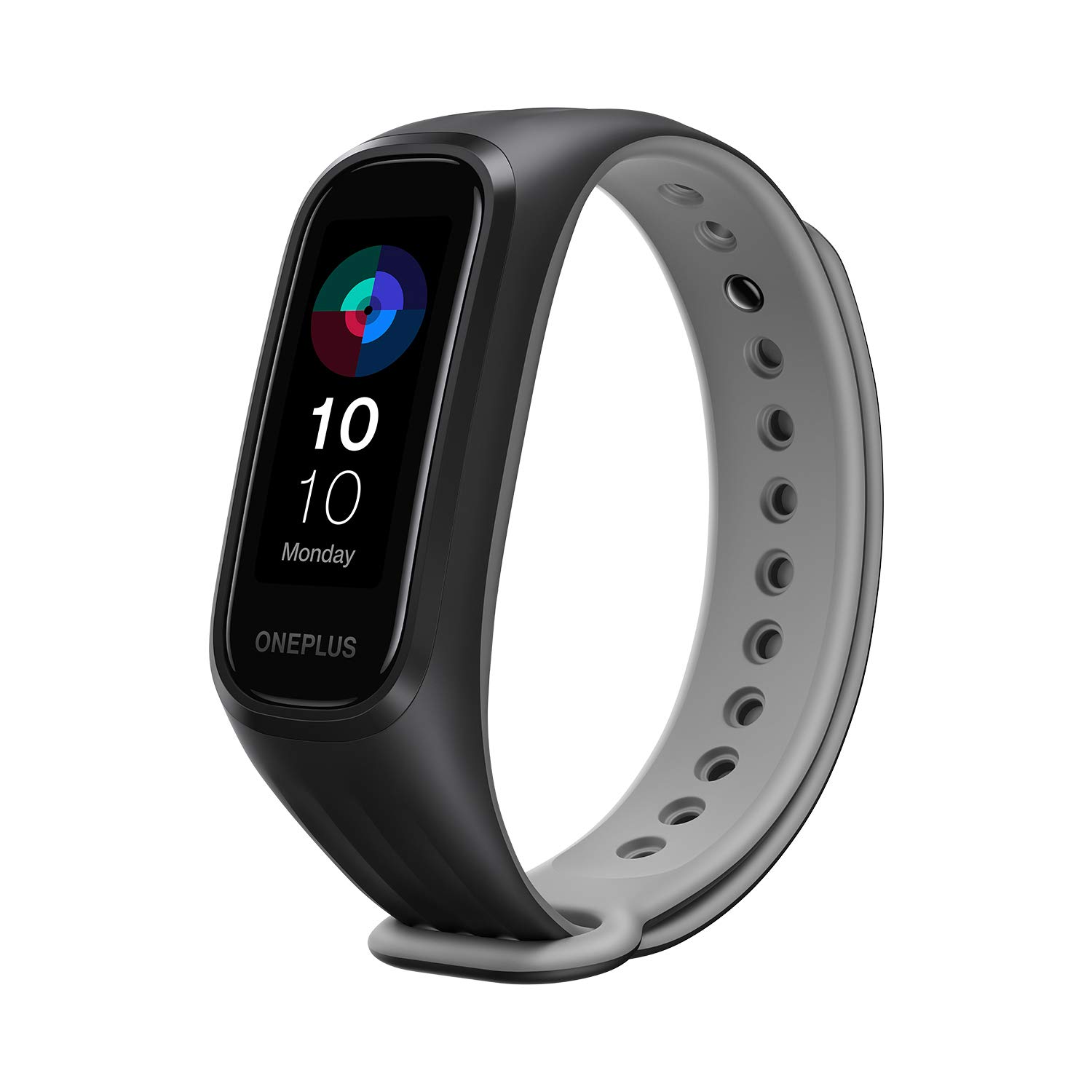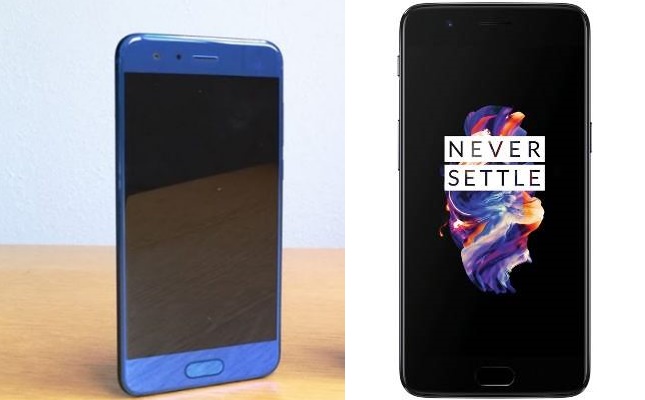What does Prior Art Mean ?
Accused of copying Apple, Samsung began to submit its own witness to prove that Apple did not invent the technologies that Samsung is accused of ripping off. The inventions that pre-date those that are covered by patents in a case is known as ‘prior art’ in legal parlance. So, two people were called from Samsung’s side to talk about ‘prior art’. If Samsung can prove that Apple’s technologies were not unique, it may well win the case.
Apple vs Samsung – Compensation amount
Apple wants to block Samsung from selling all its handsets and devices in the US and on top of that wants it to pay 2. 5 billion dollars in damages. If Samsung wins, it wants Apple to pay 2.4 percent of every Apple device sold.
Samsung’s Proofs against Apple’s claim of patent technology
Bederson, a compute scientist and professor at Maryland University said that Apple’s patented technology like ‘zooming on a mobile device’ was there even before the iPhone came into existence. To prove his point, he showed an application known as ‘Launch Tile’ an app that is used to zooming in and out of webpages, screens etc. This app is no big deal by today’s standards but it was developed on Microsoft’s Windows mobile operating system in 2004.
Apple’s lawyers argued that the app does not have the ‘bounce-back ‘ technology so called because when a user scrolls beyond a webpage or edge of a picture it bounces back into picture.
Adam Bogue from the Mitsubishi Electric Research Lab was the next person to show the “DiamondTouch”–which was effectively a table-top computer. The DiamondTouch’s surface had a similar technology to the iPhone to detect finger movement, but displayed pictures from a computer via through a projector kept above the table’s surface. This technology developed in 2001, was brought to Apple headquarters in 2003, said Bogue. He added that this piece of technology was shown to Apple’s hardware engineers but did not talk about the meeting in detail.
Bogue showed two apps, ‘fractal zoom’ and ‘tablecloth’. Fratle zoom was a simple app that allowed people to zoom in and out of a photo with a multi-touch finger like we have today. Tablecloth was an app such that when someone scrolled beyond the edge of the picture on the screen, it would snap back into place.
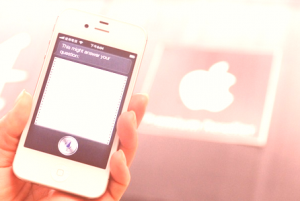
Apple’s lawyers argued that when DiamondTouch was brought to Apple’s headquarters, Bogue didn’t show off either the fractal touch or tablecloth applications to the Apple engineers. The lawyers also pointed out Apple had nothing to do with ‘Tablecloth’ app, stressing hat when the picture snapped back, it went back to its original position. Apple’s “bounce back,” technology, on the other hand, bounces back to the closest position that fills the screen.The US versions of Galaxy S and Galaxy S II are also involved in the case. Apple rested its case as the day ended and it seemed that Samsung was on the winning seat.
